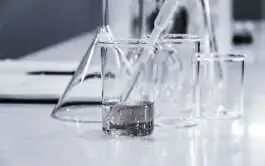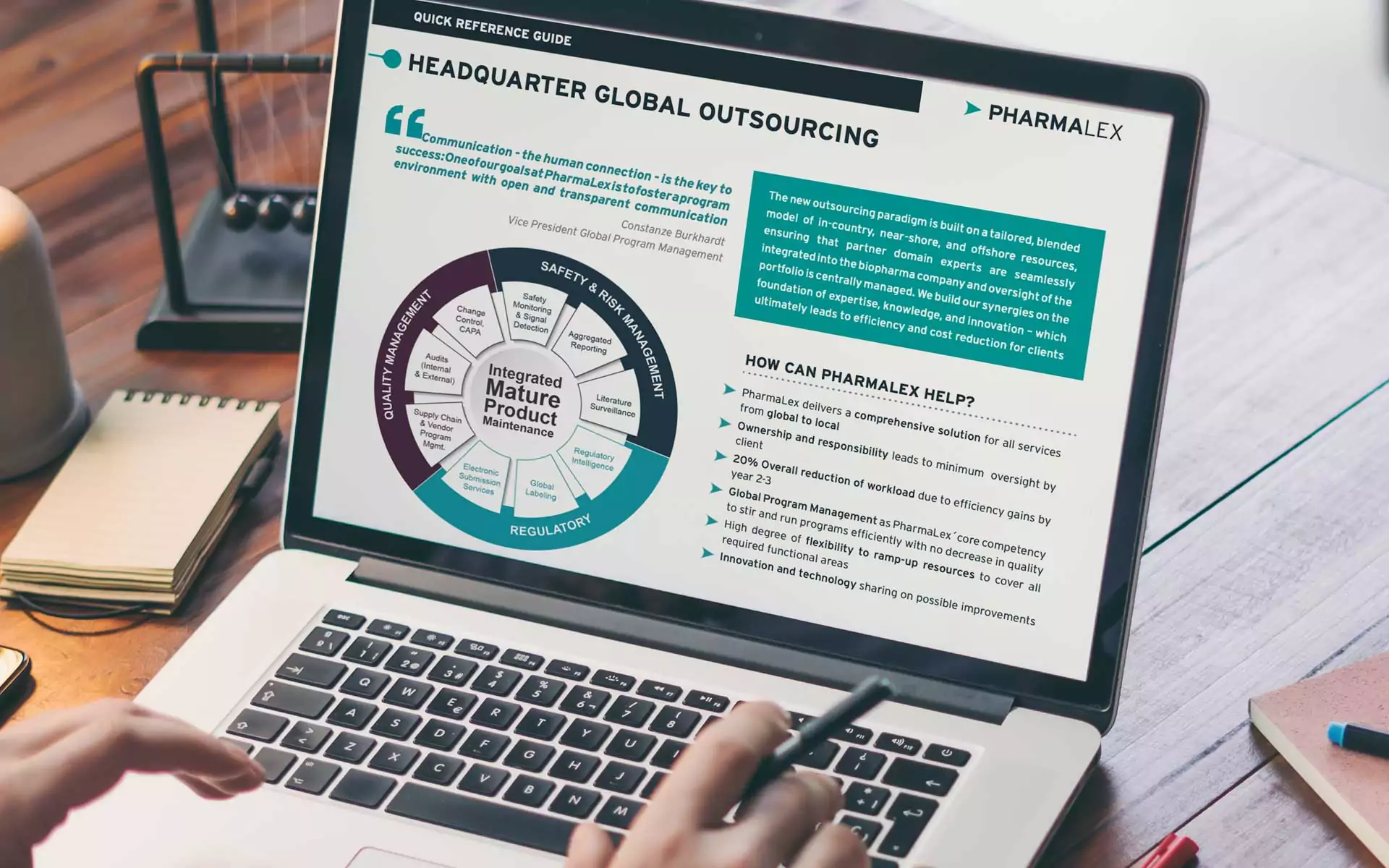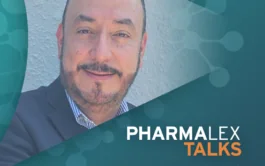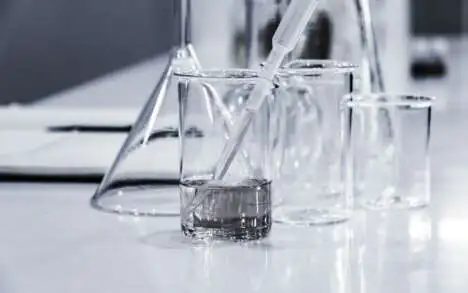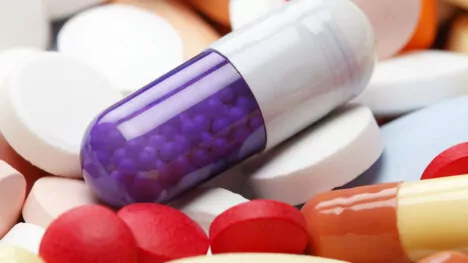Medical device manufacturers have hugely beneficial collaboration programs open to them in the pre-submission pathway. While their processes are different, both the US Food and Drug Administration (FDA) and Australia’s Therapeutic Goods Administration (TGA) support collaboration and knowledge sharing with manufacturers via pre-submission meetings.
For its part, the FDA’s Q-submission program is a voluntary, cost-free way for manufacturers to get feedback on relevant topics from seasoned experts. While there are a number of different pathways, depending on the scope, the two main ones are the pre-submission pathway and the Submission Issue Request (SIR) pathway.
The right pathway
The first of these is relevant to companies lodging a regulatory submission, such as a 510K Pre-market Notification or a De Novo Request. Through the pre-submission pathway, manufacturers can identify what information the FDA requires as part of the submission package specific to that device.
The SIR pathway is a request for feedback in relation to a regulatory submission, which allows manufacturers to propose justifications or protocols to the FDA in response to concerns raised by the agency during their review phase.
Both of these processes are quite structured. After receiving the pre-submission package, the FDA will first conduct an administrative acceptance review, schedule a meeting within 70 days, and provide their best and current feedback, usually within 3 to 4 months.
Meanwhile, the TGA also has processes for consultation requests. There are differences between the two agencies’ processes. First, the consultation process is a little less formal with the TGA than it is with the FDA. Second, the TGA may schedule a meeting with the Australian sponsor if the issues are substantial in scope and if they have reason to do so. It generally makes sense to only have these interactions with the TGA for more complex conformity assessments where there is clear value in communicating with the regulator.
More on this topic listen to our podcast:
Managing the medical device pre-submission process with the FDA
De-risking the submission process
These agency meetings are a way for manufacturers to de-risk the market access submission pathway. The Q-submission program with the FDA, for example, enables manufacturers to identify requirements in collaboration with the regulator at an earlier stage introducing efficiency gains. The meetings are helpful to manufacturers to ensure they’re in sync with the regulators.
The difference between the FDA and TGA approach has raised questions as to whether it makes sense for companies to seek entry to the US market first. While the US is by far the largest market, and therefore an important jurisdiction for manufacturers, deciding on priorities with market access is dependent on the company’s marketing plans and the device in question. Therefore, a device-specific regulatory strategy is key to determining the pathway to market and to assessing the nuances in global regulations. Our team of experts can help assess your market access strategies and support you in navigating the regulators requirements.
About the author:
Mohammad Asad is the Regional Sales Manager – Asia Pacific at PharmaLex.
